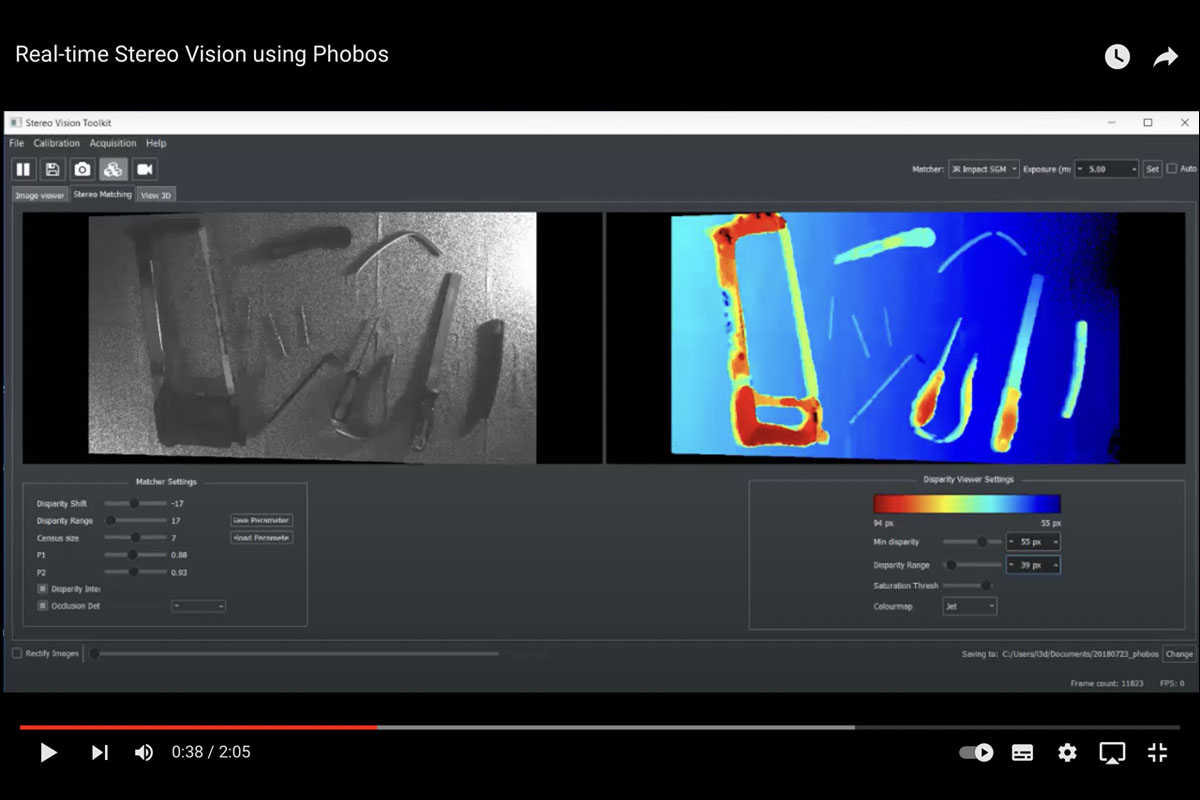Project Description
“Identifying Unknown Sharps in Gloveboxes” was an innovation programme delivered by Game Changers, the National Nuclear Laboratory (NNL) and FIS360 to develop technologies to speed up the process of decommissioning nuclear sites, whilst reducing costs and risk. The Innovate UK funded project was launched in 2018 and work has continued since then.
The Sellafield nuclear facility in Cumbria presents the largest and most intricate decommissioning challenge of our time. Home to the UK’s first-generation nuclear reactors, the site was the focus of plutonium production for nuclear weapons, the first industrial-scale nuclear power station in the UK, and its current function as a waste site facility and centre of reprocessing for spent nuclear fuel. It is also where the NNL has its Central Laboratory and Head Quarters. Based over two square miles, not only is Sellafield Europe’s largest nuclear site, it also has the most diverse range of nuclear facilities anywhere in the world.
Historically used for research, development and fuel fabrication operations, there are around 350 gloveboxes on site ranging in size from around one cubic metre up to several cubic metres. At 60 years old, they exist in various states of disrepair and with little to indicate conditions inside. Until this point, determination of contents had been achieved by inserting an endoscope through the access ports. However, a more sophisticated approach was required to ensure hazards were not misidentified or overlooked.
The Challenge:
- 350 gloveboxes, contents unknown, sealed, ventilated, held under depression in an inert atmosphere
- Accessible via entry ports ranging from 6 inches up to 20 inches with the average at 10 inches. Sensor system would need to fit into the glovebox via these posting ports and be small enough to access all areas inside
- Gloveboxes many contain pipework, vessels, cabling, valves, and furnaces which must be negotiated around
- Sensors should provide real-time images with object recognition alerting operators to the presence of potentially sharp objects
- Sharp objects could be constructed of a variety of materials: magnetic and non-magnetic metals, glass, plastic, rubber, or ceramic
- Viewing windows (glass or polymer-based such as Perspex) may have degraded to the point of opacity and there may be radiation shielding on the outside of some gloveboxes further reducing visibility and making a determination of contents difficult or impossible
- Some gloveboxes do not have power or lighting
- Equipment may need to be resistant to the effects of radiation
We developed Deimos stereo vision camera system to work in this environment and ultimately mounted it on a robot for remote deployment. Then we built Phobos, a larger, high-resolution stereo vision camera system and combined it with a Raman spectrometer and remote Raman probe. This allowed us to remotely map a scene in 3D and characterise substances within that scene. Ongoing development produced Titania, our small form high-resolution stereo imaging sized specifically to to fit in through the smallest of ports.
The Glovebox challenge itself has finished but the project, with our partners, continues. The integrated stereo imaging and Raman spectrometer system, Callisto, is undergoing beta testing at Sellafield. Titania has already been tested in a radiative environment with our bespoke housing and has performed beyond expectations.
You can read Game Changer’s write up of the Challenge here.



